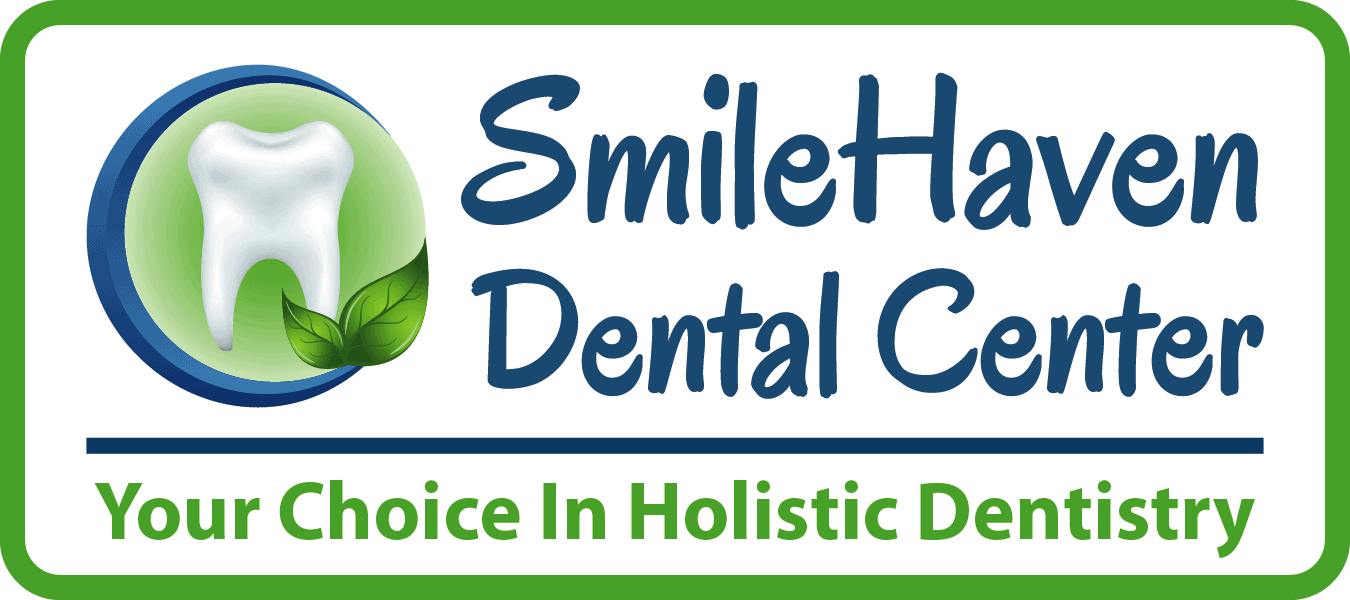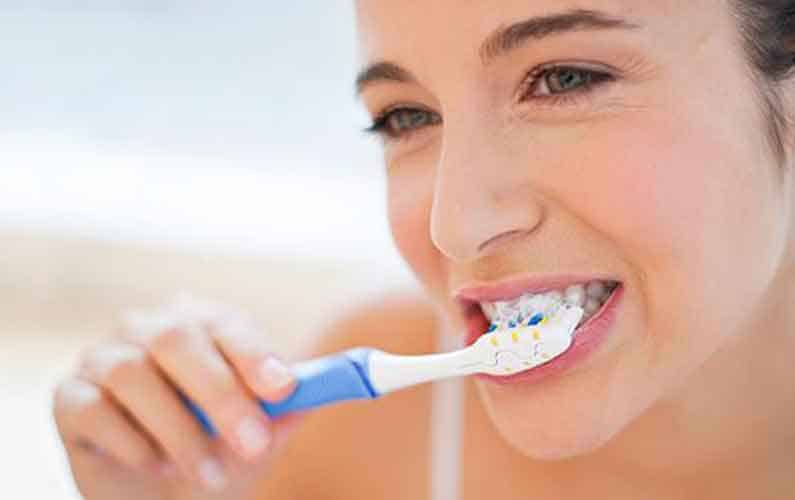It is nothing new. It’s as old as man. The Egyptians, Greeks and Phoenicians, wired loose teeth together for support in their treatment of gum disease. But modern dental science knows enough about gum disease to take extraordinary efforts to save teeth and to try to prevent it by educating and encouraging patients to remove dental plaque by brushing their teeth properly and flossing them daily.
Dentist have gone beyond their old image s “drillers and fillers.” Dental science has progressed to the point that specialists are able to transplant teeth, re-implant teeth that have been knocked out, use titanium dental implants to replace missing teeth, repair fractured teeth, restore decayed or stained teeth with new, less painful methods and even straighten adult teeth.
Fluoridated water, fluoride treatments and improved nutrition have reduced the incidence of cavities dramatically. A recent survey by the American Academy of Pedodontics showed that 37 per cent of children between the ages of 5 and 12 have no cavities at all.
“Caries (tooth decay),” was the principal concern of dentists 20 years ago. Periodontal disease has almost replaced caries as the principal concern. People paid lip service to it for ages, but now dentists are much more attentive to the removal of dental plaque, the cause of gum disease.
So the impetus of the dental profession now has shifted from crisis intervention to prevention. “If people take care of things, they shouldn’t have any problems,” said one dentist. “Prevention is cheaper than any treatment that can be done.
Dentists often blame mouth problems on patient negligence, and, of course, they are right about the patient’s responsibility. A dentist may do everything he can do, but if the patient doesn’t follow through it doesn’t work.
A 1975 ADA survey found 23 million edentulous (toothless) people living in the United States with most of them wearing some form of dentures. But even dentures do not end periodontal problems. Wearing them eventually will result in loss of the bone that supports them and a patient needs a dentist who understands the process of bone resorption (breakdown), how to curb it and how to correct it. Each case is different, but ill-fitting dentures can contribute to bone loss in some patients.
There are probably a lot of possibilities for saving teeth – many have been available for quite some time. Now more specialists are available and dental insurance has made these kinds of treatment available to those who could not afford it otherwise.
The disease itself is treated with a combination of traditional methods of scaling, root planning and curettage – procedures periodontists generally refer to as surgical even though there’s no real cutting – and rigorous personal hygiene. Also available now are medicine in “chip” form that are inserted between your gum and teeth (pockets), to help control the amount of bacteria causing the gum disease, or the dental laser, used to de-contaminate the pockets as described. This will allow the body to heal before it has to take on a barrage of bacteria again.
There are patients who see their dentist every month because they just can’t seem to clean their teeth themselves. It all comes down to discipline. If you get in there and disrupt things (colonies of bacteria), you can prevent gum disease. Compliance is always a problem. Flossing is a nuisance. Let’s say you’ve got a family of six and one bathroom. Dad goes in and starts to floss and the kids start pounding on the door. He ends up not doing it.
For more information. Please call 619-464-2801 for a consultation appointment.

